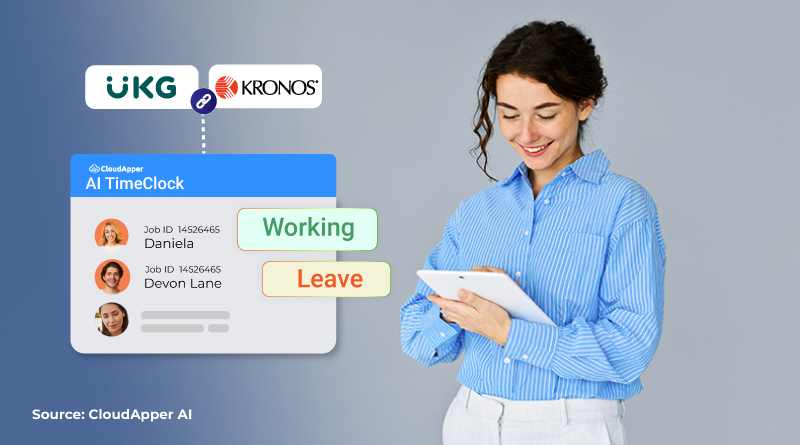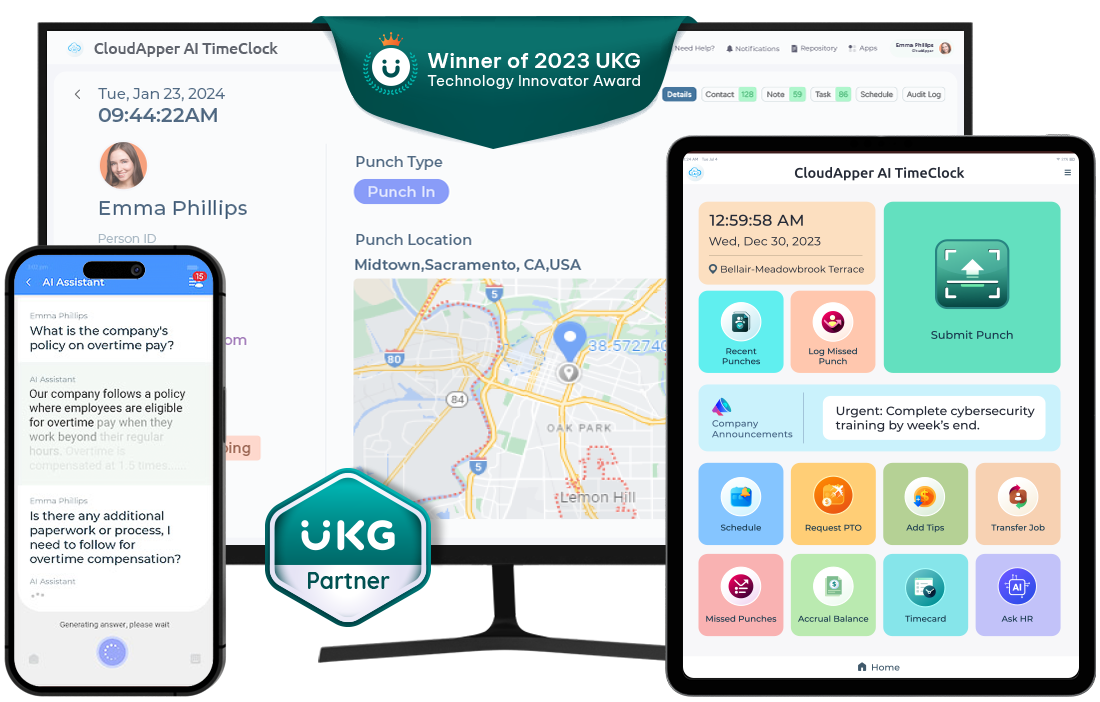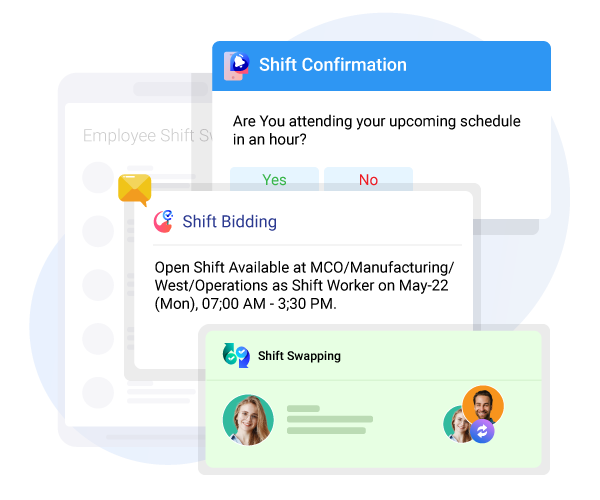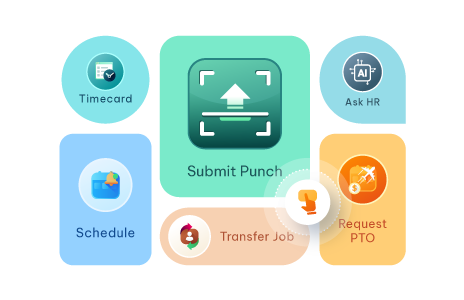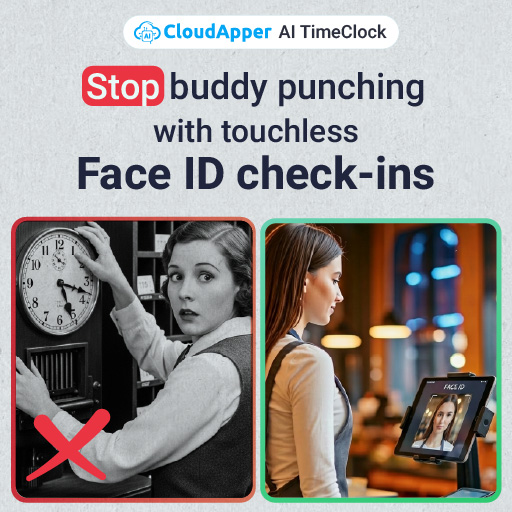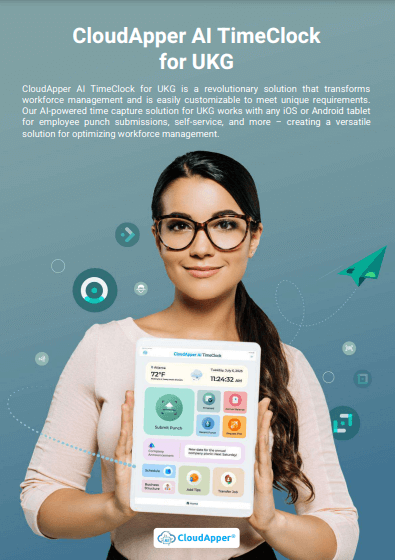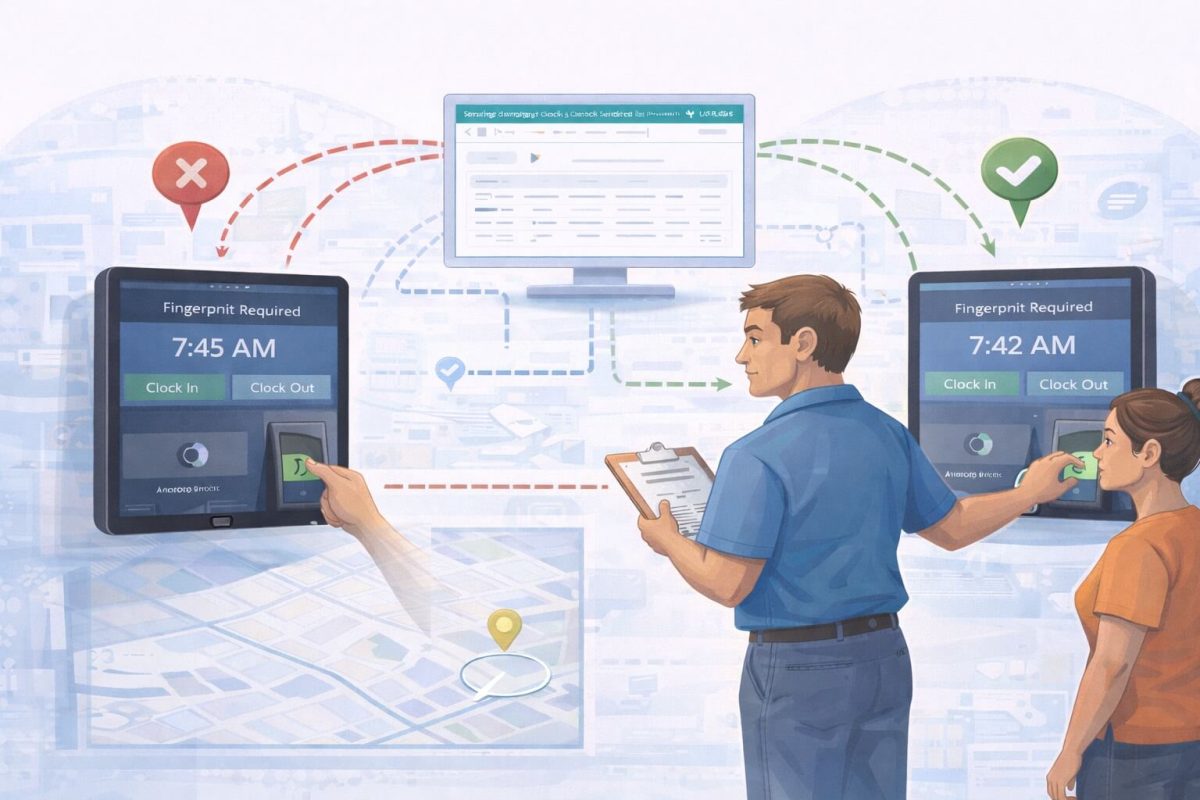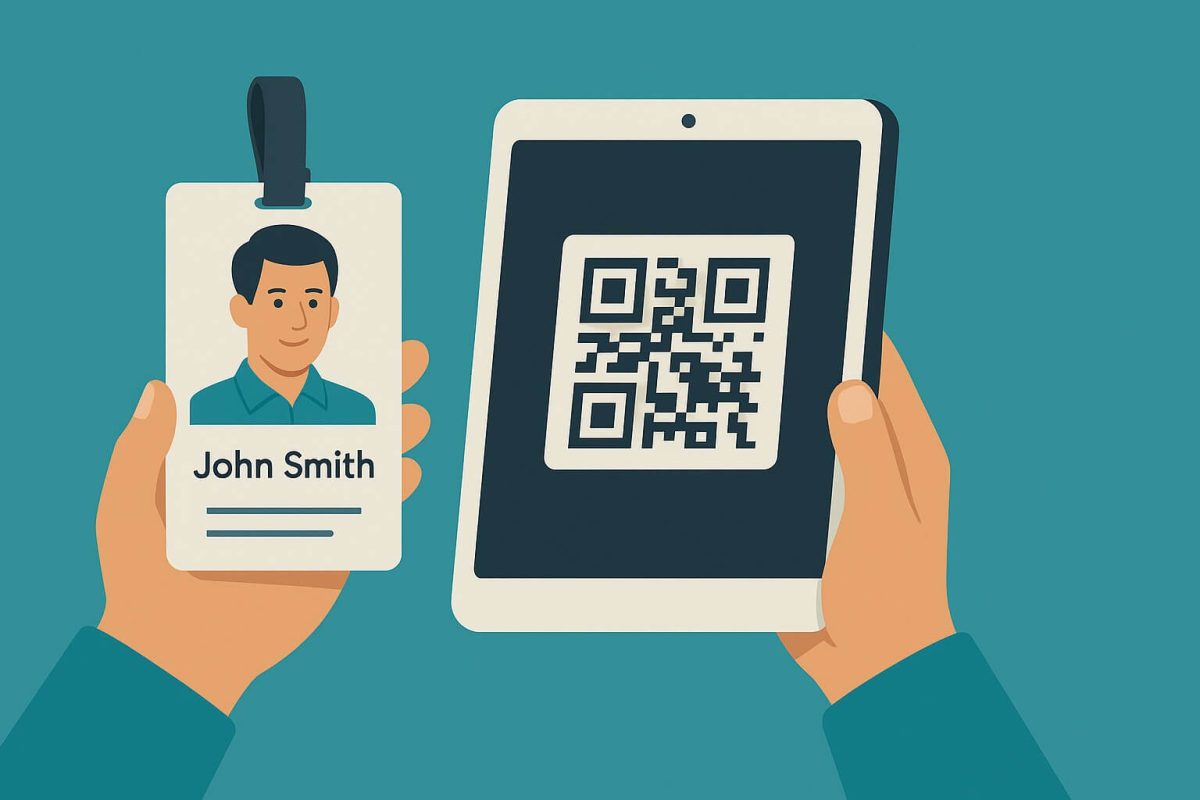A Pennsylvania-based retail giant reduced employee absenteeism by 75% with CloudApper's AI TimeClock for UKG/Kronos, optimizing shift scheduling and ensuring accurate attendance tracking through AI-powered solutions, leading to improved employee satisfaction and productivity.
Table of Contents
Employee absenteeism is a significant challenge for many organizations. This PA-based retail giant faced high absenteeism rates, causing disruptions and loss of productivity. The root causes were poor work-life balance and inefficient shift scheduling. By implementing CloudApper’s iPad-based AI-powered TimeClock for UKG/Kronos, they successfully reduced employee absenteeism by 75%.
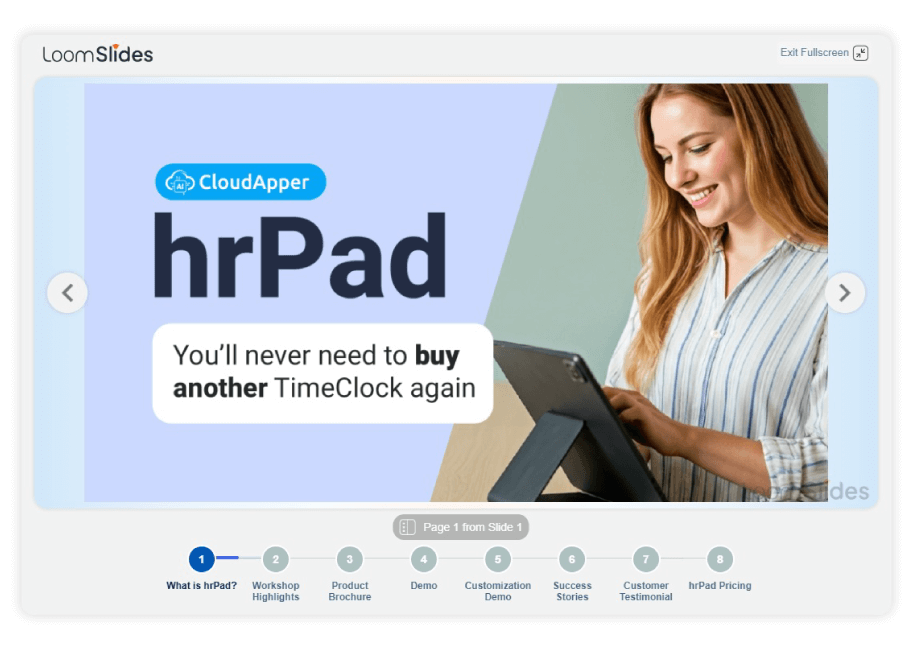
For more information on CloudApper AI TimeClock for UKG visit our page here.
Key Takeaways:
- CloudApper’s AI TimeClock reduced absenteeism by 75% for a PA-based retail giant through AI-powered shift optimization.
- The system sends automated SMS reminders and uses facial recognition for accurate clock-ins, preventing buddy punching.
- Real-time attendance data integration with UKG/Kronos improves workforce management and operational efficiency.
Tackling Employee Absenteeism with AI TimeClock
The CloudApper AI TimeClock integrates seamlessly with UKG/Kronos and leverages AI to optimize shift scheduling, improving overall workforce management. Here’s how it works:
AI-Powered Shift Optimization
The ability to optimize shifts is one of CloudApper’s AI TimeClock’s standout features. Before each shift, the AI TimeClock delivers automated SMS reminders to specific employees to check availability. This proactive technique guarantees that management knows any prospective no-shows in advance.
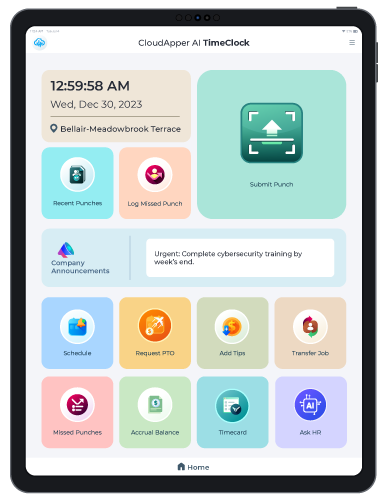
If an employee confirms they will not attend their shift. In that case, the AI TimeClock sends instant notifications to other qualifying employees based on their shift work history and previous activity. This dynamic bidding approach enables managers to swiftly fill gaps, ensuring that all shifts are appropriately covered while minimizing operational disruptions.
Streamlined Clock-In/Out Process
Employees clock in at the beginning of each shift using the AI TimeClock’s facial recognition feature. This ensures accurate attendance tracking and eliminates the potential for buddy punching. The clock-in data is instantly sent to UKG, centralizing all attendance records and giving managers real-time visibility into their workforce.
Final Words: Eliminating Employee Absenteeism
The Pennsylvania-based retail giant’s implementation of CloudApper’s iPad-based AI TimeClock for UKG/Kronos has resulted in a 75% reduction in employee absenteeism. This innovative solution has improved shift management efficiency and enhanced employee satisfaction and productivity. By leveraging AI for dynamic shift scheduling and accurate attendance tracking, the organization has successfully tackled the challenges of employee absenteeism, ensuring a more stable and efficient workforce.
If your organization needs help with employee absenteeism and inefficient shift management, contact us today.
FAQ
1. How does CloudApper’s AI TimeClock reduce employee absenteeism?
CloudApper’s AI TimeClock optimizes shift schedules using AI to identify potential no-shows early. Automated SMS notifications allow managers to fill gaps quickly by notifying qualified employees, ensuring consistent shift coverage.
2. What role does facial recognition play in reducing absenteeism?
Facial recognition ensures accurate employee clock-ins, preventing buddy punching. This accuracy in attendance tracking improves overall workforce management.
3. How does CloudApper’s AI TimeClock integrate with UKG/Kronos?
The AI TimeClock integrates seamlessly with UKG/Kronos, enabling real-time data transfer of clock-ins and shift management updates, which supports more informed decision-making.
4. Can CloudApper’s AI TimeClock help manage different shift types?
Yes, the AI TimeClock allows dynamic shift management by optimizing shift coverage based on employees’ historical data and availability, ensuring optimal workforce utilization.
5. What other features help improve operational efficiency?
The system’s real-time attendance data, automated notifications, and streamlined clock-in processes enhance operational efficiency by minimizing manual errors and administrative burdens.





